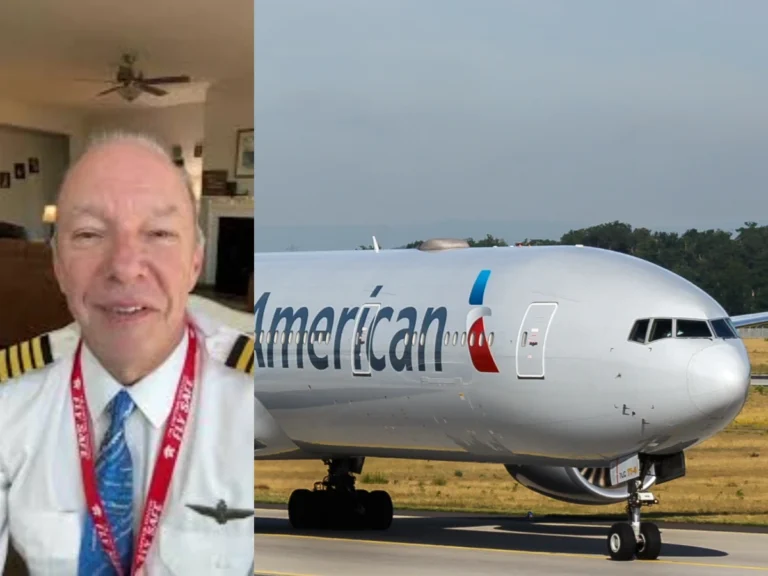DELHI— An American Airlines (AA) Boeing 777 Pilot got scolded by Delhi Air Traffic Controller (ATC) for not taxiing fast enough at Indira Gandhi International Airport (DEL).
The Pilot was Captain Steeeve, a famous American YouTuber who reported being reprimanded for taxiing at 12 knots while at maximum gross weight. The situation turned ugly, directing the aircraft to a “penalty box” – a holding area away from active runways.
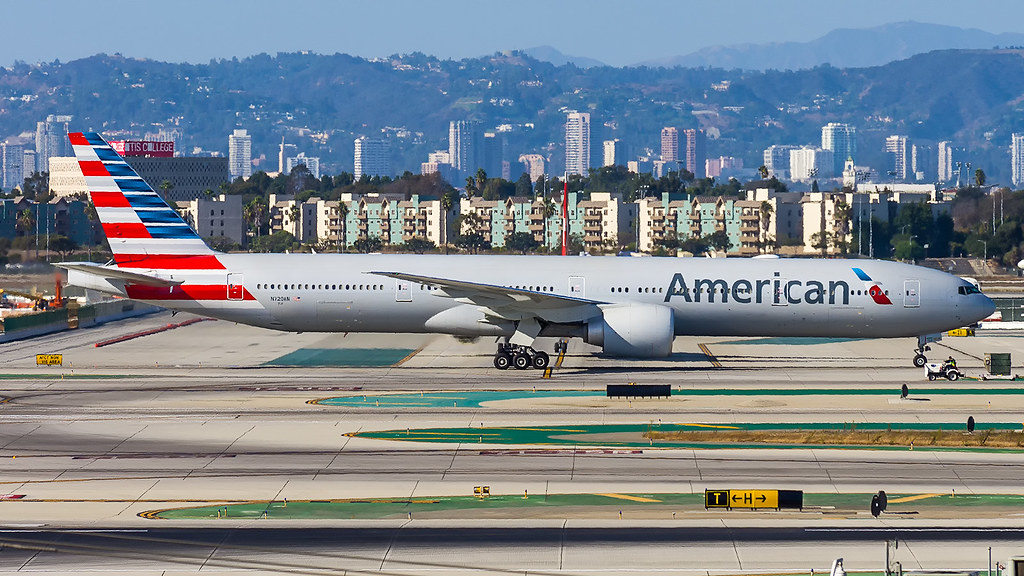
American Pilot Scolded by ATC
At Delhi’s Indira Gandhi International Airport (DEL), an American Airlines (AA) captain experienced an unusual confrontation with ATC. The controller scolded the pilot for taxiing too slowly at 12 knots.
At Delhi Airport (DEL), the minimum taxiing speed for aircraft is 15 knots on straight portions of taxiways and 8-12 knots during turning maneuvers.
When the captain refused to increase speed due to safety concerns, as the aircraft was at max gross weight, the situation escalated. ATC subsequently directed the aircraft to a “penalty box” – a designated holding area away from active runways – essentially delaying the flight’s departure.
The captain later reflected that Delhi (DEL) was one of the only airports he had encountered with specific minimum taxi speed requirements rather than maximum limits. Despite the pressure from ground control, he maintained his decision, prioritizing safety over external demands.
The incident reinforced his professional philosophy that pilots should not allow outside parties to dictate aircraft operations when safety might be compromised.
“I got scolded by a controller as I was taxiing, and he said I was taxiing too slow. I was doing 12 knots. I was at max gross weight taxiing out, and he wanted me to go faster, and I told him NO.”
Captain Steeeve, Pilot & YouTuber
ALSO READ: Delta Pilot Involved in Argument with ATC During Emergency
Delhi Airport’s Taxi Speed Limits
Delhi Airport (DEL) stands out globally for its minimum taxiing speed requirement of 15 knots on straight portions of taxiways, with reduced speeds of 8-12 knots recommended during turns.
Unlike most airports worldwide, which set maximum speed limits, Delhi emphasizes minimum speeds to maintain traffic flow in this busy international hub.
Factors Affecting Taxi Speeds
Aircraft Type
Taxi speeds typically depend on aircraft type rather than airport regulations. For larger aircraft like the Boeing 777, general guidelines include:
- 7-10 knots for 90-degree turns to prevent excessive tire wear
- 20 knots average speed on straightaways
- Maximum allowable speed of 30 knots on straight taxiways, though rarely used in practice
Most pilots operate well below maximum allowable speeds due to traffic congestion, visibility conditions, and stopping distance requirements.
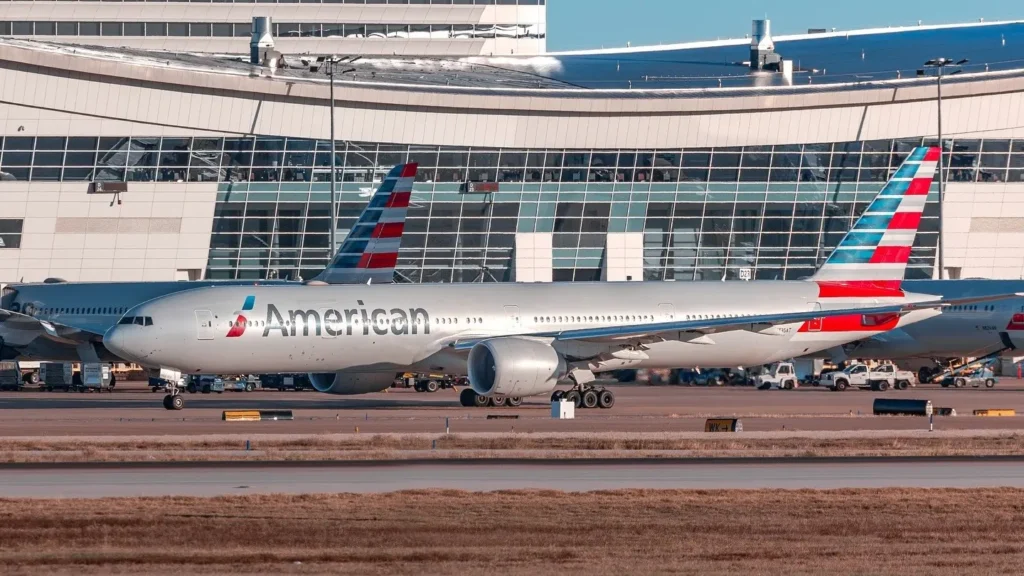
Aircraft Weight
Aircraft weight plays a crucial role in determining safe taxi speeds. Heavier aircraft require:
- Greater stopping distances
- More gradual acceleration and deceleration
- Lower speeds through turns to manage centrifugal forces
- Additional caution near other aircraft and structures
At maximum gross weight, as in Captain Steve’s situation, pilots must exercise extra caution regarding momentum and braking capabilities.
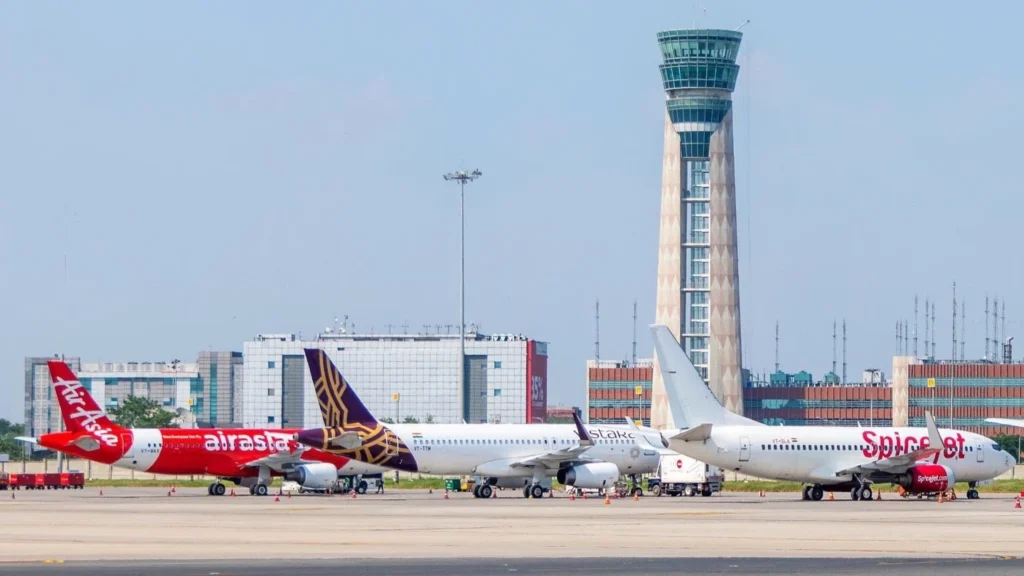
Airport Layout
Airport configurations create varying speed requirements across different sections:
- Narrow taxiways require slower speeds for adequate wingtip clearance
- Complex intersections demand reduced speeds for better situational awareness
- Recently resurfaced areas may have specific speed restrictions
- Construction zones typically impose temporary speed limits
- Bridge crossings often have weight and speed restrictions
Weather
Environmental factors significantly impact taxi operations:
- Wet surfaces extend stopping distances, requiring slower speeds
- Strong crosswinds can affect aircraft directional control
- Low visibility conditions necessitate reduced speeds for safety
- Snow or ice contamination demands extremely cautious taxiing
- Heavy rain can cause hydroplaning concerns at higher speeds
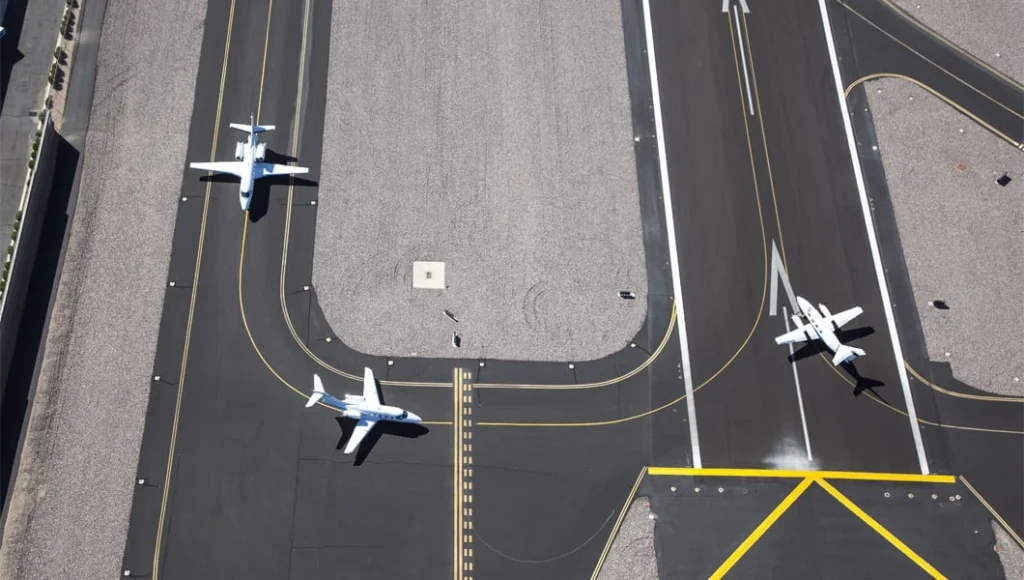
Traffic Density
Airport congestion levels dictate practical taxi speeds:
- Peak-hour operations typically result in slower overall movement
- Follow-distance requirements between aircraft limit speeds
- Complex taxi instructions may require slower progress for compliance
- Gate congestion often necessitates slower approaches to terminal areas
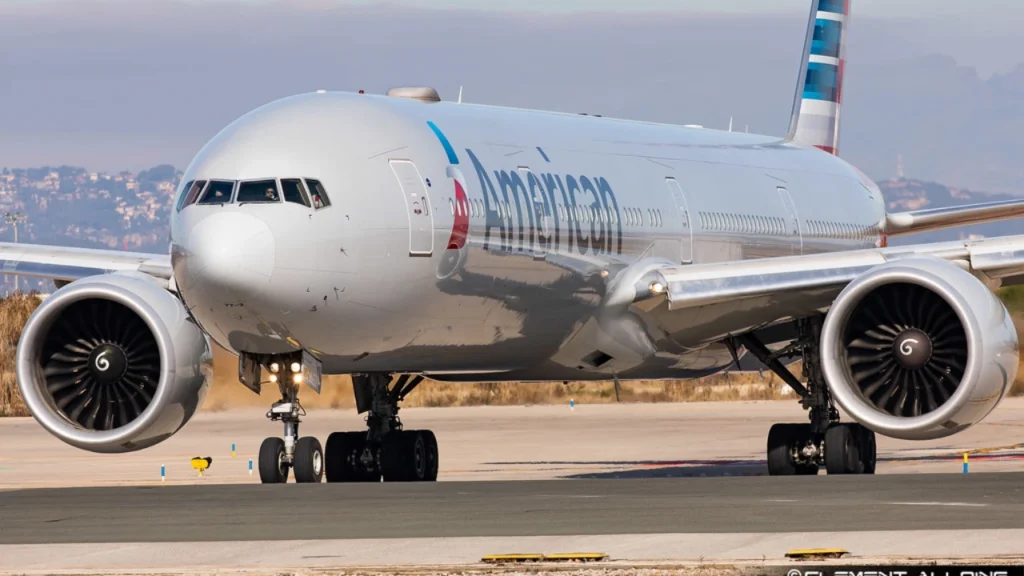
Pilot Authority Over Aircraft Paramount
Aviation regulations and best practices maintain that the pilot-in-command has final authority regarding aircraft operation. While ATC provides instructions for orderly traffic flow, pilots must exercise judgment when instructions conflict with safety considerations.
Aviation experts emphasize that pilots should maintain professional communication when declining requests that compromise safety margins, as demonstrated in this incident at Delhi Airport (DEL).
The conflict between efficient airport operations and pilot safety discretion continues to create occasional tension at busy international airports where different operational cultures may clash.
Stay tuned with us. Further, follow us on social media for the latest updates.
Join us on Telegram Group for the Latest Aviation Updates. Subsequently, follow us on Google News

